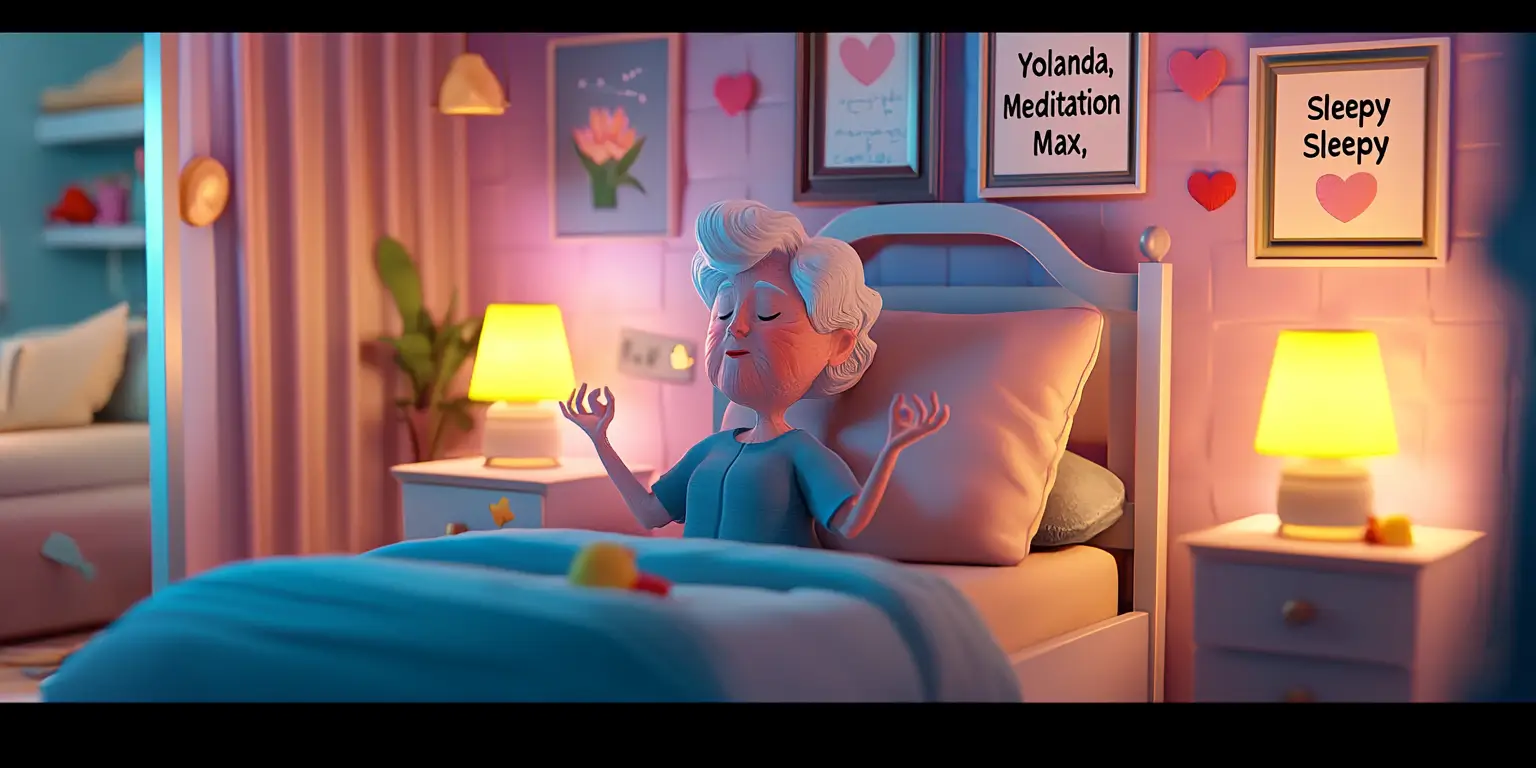Welcome to our primary care practice blog! Today, we'll provide advice on creating a safer home environment for elderly individuals to help reduce the risk of falls and accidents. By implementing these modifications and following best practices, you can ensure a secure living space for seniors in your care.
Adjust furniture layout: Arrange furniture to create ample space for movement, and ensure seating is stable and at an appropriate height for seniors to sit and stand with ease.
How To Make Your Living Space Safe for Seniors
- Eliminate tripping hazards: Remove clutter, secure loose rugs and electrical cords, and ensure clear pathways throughout the home to minimize fall risks.
- Install grab bars and handrails: Install grab bars near the toilet, in the shower, and beside stairs or steps for additional support when standing or walking.
- Improve lighting: Ensure hallways, staircases, and entrances are well-lit to enhance visibility and reduce the risk of accidents. Consider adding nightlights or motion-activated lights for added convenience.
- Modify the bathroom: Install non-slip mats or decals in the shower, raise the toilet seat height, and consider a walk-in shower or bathtub for easier access.
- Enhance stair safety: Make stairs more visible by adding high-visibility strips or paint, and install handrails on both sides for additional support.
- Adjust furniture layout: Arrange furniture to create ample space for movement, and ensure seating is stable and at an appropriate height for seniors to sit and stand with ease.
- Use non-slip flooring: Opt for non-slip flooring materials, especially in areas prone to spills or moisture, such as bathrooms and kitchens.
- Optimize storage: Place frequently used items within easy reach, and use storage solutions that minimize the need for bending or reaching overhead.
- Install smoke and carbon monoxide detectors: Ensure the home has functioning smoke and carbon monoxide detectors, and check batteries regularly.
- Consider home security measures: Install a security system, peephole, or doorbell camera to enhance safety and peace of mind for seniors.
Install smoke and carbon monoxide detectors: Ensure the home has functioning smoke and carbon monoxide detectors, and check batteries regularly.
By implementing these modifications and best practices, you can create a safer and more accessible living environment for seniors. Don't hesitate to consult with our primary care practice for additional guidance on adapting your home to meet the unique needs of elderly individuals in your care. Together, we can help prevent accidents and support healthy, independent living for seniors.


